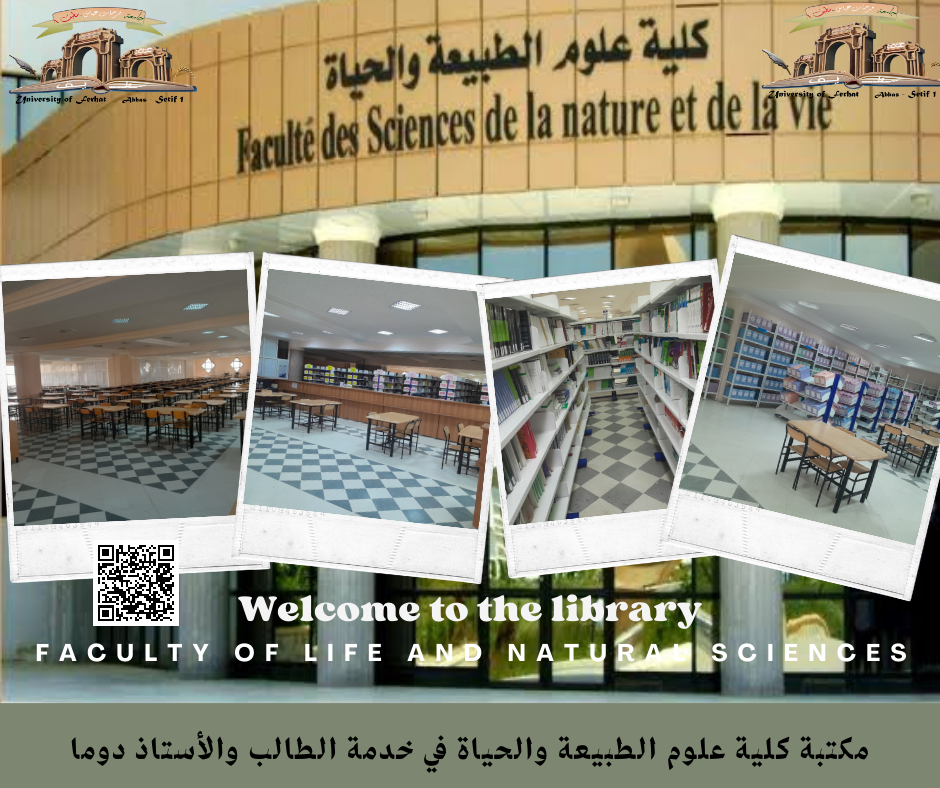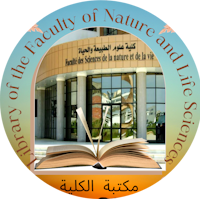Catalogue de la bibliothÃĻque de SNV
A partir de cette page vous pouvez :
| Retourner au premier ÃĐcran avec les catÃĐgories... | Votre compte | Aide |

| Titre : | Phytochemical, antioxidant, and toxicological study of Algerian Origanum majorana L: experimental approach in vitro and in vivo |
| Auteurs : | Bouthaina Dehimi, Auteur ; Amira Kadri, Auteur ; Wafa Tadrent, Directeur de thÃĻse |
| Type de document : | document ÃĐlectronique |
| Editeur : | SÃĐtif (AlgÃĐrie) : FacultÃĐ des sciences de la Nature et de la vie, UniversitÃĐ Ferhat Abbas SÃĐtif 1, 2025 |
| ISBN/ISSN/EAN : | MS/2229 |
| Format : | 57 Feuilles |
| Langues: | Français |
| CatÃĐgories : | |
| Mots-clÃĐs: | Origanum majoranaL. ; Polyphenols ; Flavonoids ; Antioxidant activity ; Acute toxicity ; liver, Heart ; kidney. |
| RÃĐsumÃĐ : |
Origanum majorana L. (marjoram) is a medicinal plant belonging to the Lamiaceae family, traditionally used for its antimicrobial, anti-inflammatory, and digestiveaid properties.This study aimed to evaluate the phytochemical constituent, antioxidant capacity and acute toxic effect of ethanolic, aqueous, and hydroethanolic extracts of the aerial parts of the plant, collected from the El Oued region (southeastern Algeria). The total phenolics content was determined reaching its maximum in the hydroethanolic extract (298.61 Âą 5.46 mg gallic acid/g of extract).The flavonoids content with the highest value (61.46 Âą 0.29 mg quercetin/g) recorded for the same extract. The antioxidant activity was evaluated by DPPH radical inhibition assay and iron(II) binding capacity assay.The hydroethanolic extract showed important free radical scavenging activity with an ICâ â value of 0.0241 mg/mL, exceeding the reference antioxidant BHT (0.0260 mg/ml).Meanwhile, the iron chelating capacity of this extract was intermediate (ICâ â = 0.382 mg/ml) compared to (ICâ â = 0.0034 mg/ml) of EDTA. An acute toxicity study was performed on Swiss albino mice and no deaths were recorded at doses up to 5g/kg.However, some physiological symptoms such as drowsiness, decreased appetite, and cyanosis of the mouth were observed at higher doses.The results also showed a decrease in liver and kidney weights compared to the control group.These data were accompanied by a histological analysis of the target organs (liver, heart, and kidney), which showed no obvious toxic changes or tissue damage, with the overall tissue structure preserved, with the exception of mild vascular congestion in some samples. In conclusion, Origanum majorana L. exhibits a remarkable antioxidant capacity, especially in its hydroethanolic extract, which is rich in polyphenols and flavonoids, and is considered relatively safe in terms of toxicity under the approved experimental conditions. |
Exemplaires
| Code-barres | Cote | Support | Localisation | Section | DisponibilitÃĐ |
|---|---|---|---|---|---|
| MS/2229 | BAPP/CD255 | DVD et CD | Bibliothèque SNV | Englais | Disponible |

